Vision & Outlook
-
 Hon Hai Research Institute President Young Liu
Hon Hai Research Institute President Young LiuSeeking Fundamental Solutions with Openness
Whenever I speak about the future of Hon Hai, I emphasize that we are transforming from a manufacturing company into a technology company. This is not a mere slogan but a vision we actively pursue. At the heart of this transformation is the Hon Hai Research Institute, the core engine driving this shift. Its mission is clear: to develop the Group’s core technologies for the next three to seven years and to ensure that Hon Hai maintains its competitive edge in the waves of rapid technological advancement. -
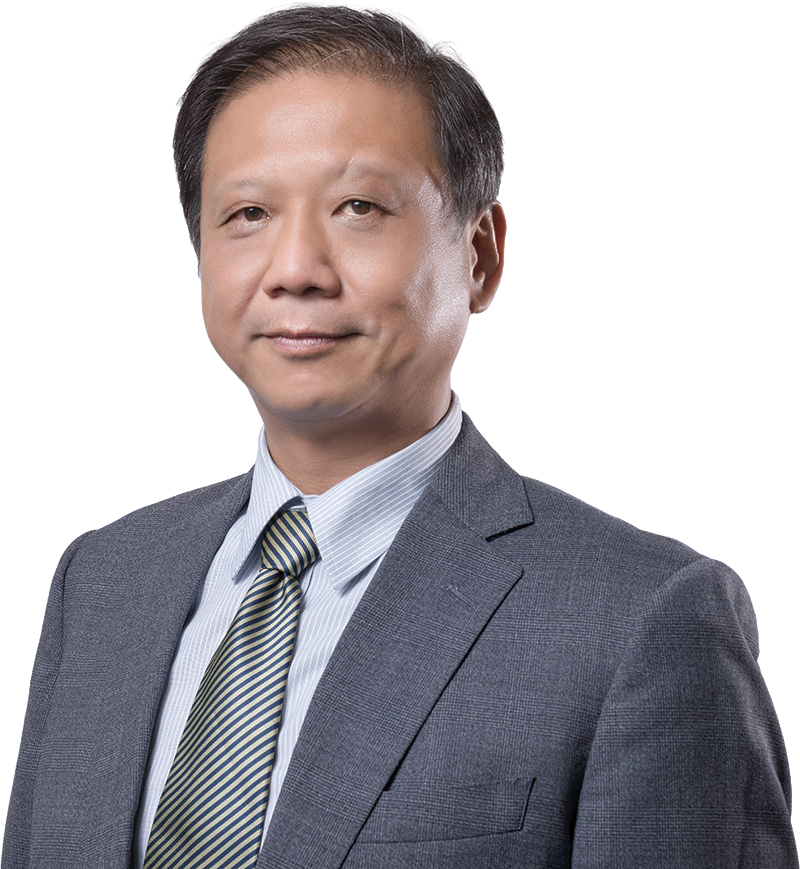 Hon Hai Research Institute CEO Wei-Bin Lee
Hon Hai Research Institute CEO Wei-Bin LeeThe 3+3 Strategy: Planning Ahead for the Future
Hon Hai Research Institute (HHRI) is positioned distinctly from conventional corporate R&D departments. Our mandate is not short-term product development but long-term scientific exploration and frontier technology research. We focus on the next three to seven years, aligning our research with the Group’s developmental goals. -
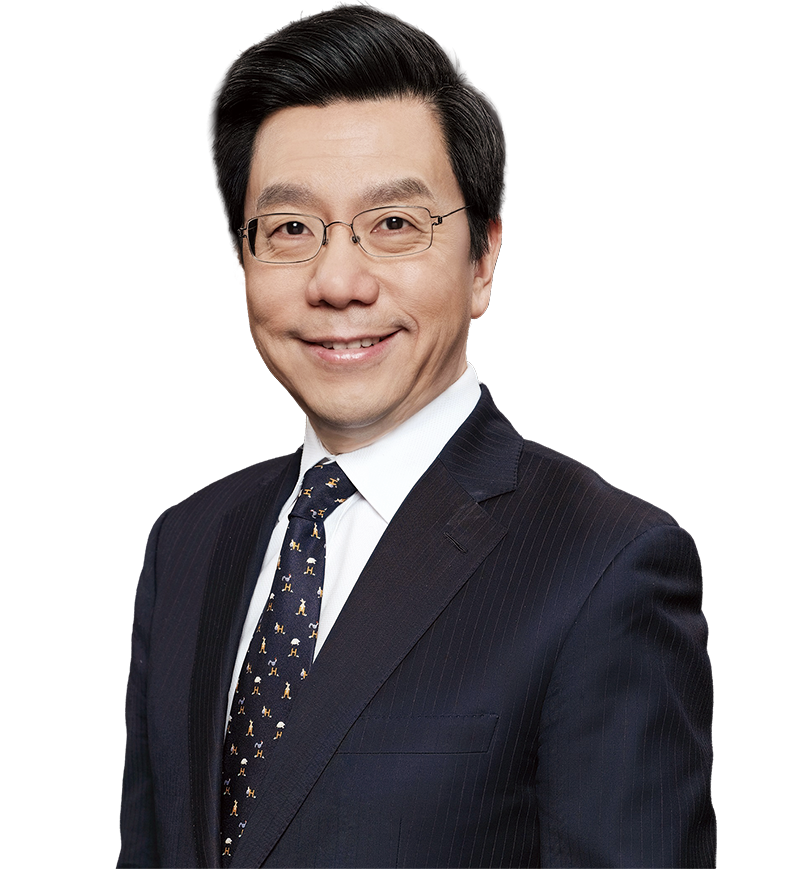 CEO of 01.AI and Chairman of Sinovation Ventures Kai-Fu Lee
CEO of 01.AI and Chairman of Sinovation Ventures Kai-Fu LeeThe Real AI Opportunity: Not in Models, but in Agents and Applications
Artificial intelligence (AI) is advancing at an unprecedented pace. Foundation models, driven by reinforcement learning, have introduced a new growth paradigm for reasoning intelligence. Agents, once limited to answering questions and casual conversation, now wield multimodal capabilities: they process diverse data, make intelligent decisions, and, starting in 2025, usher in what I call the “Year One of Reasoning Agents.” With human collaboration, these agents will not only invent previously unimaginable formulas and medicines but also plan organizational goals and optimize operational strategies. -
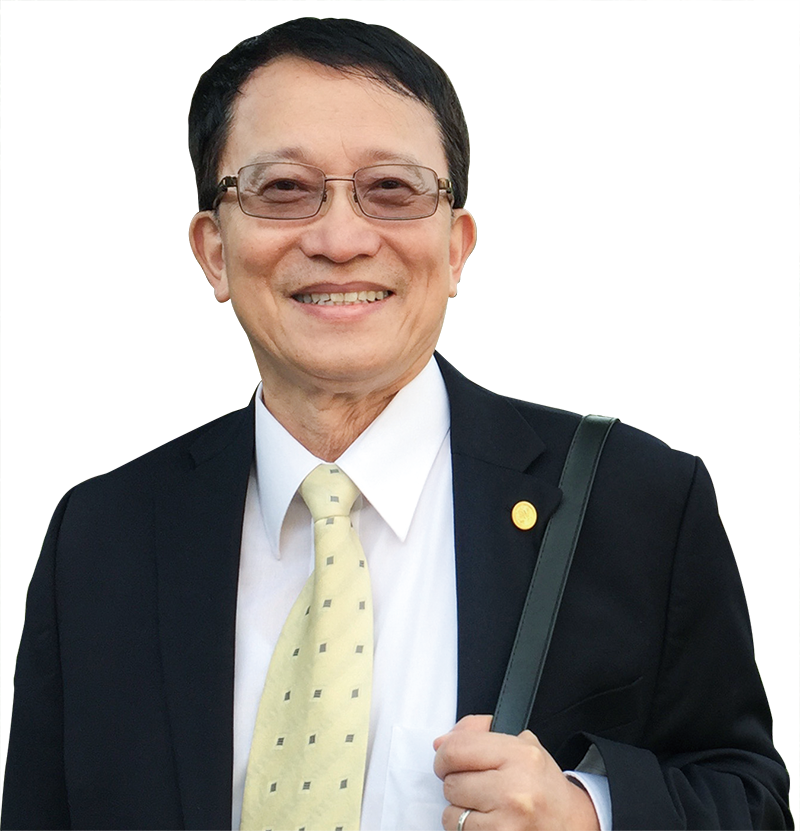 Distinguished Professor Wintek Chair in Electrical Engineering, UCLA M. C. Frank Chang
Distinguished Professor Wintek Chair in Electrical Engineering, UCLA M. C. Frank ChangHeterogeneous Integration: Key to Developing Fully Optoelectronic SoCs
In optoelectronics and semiconductors, one of the most compelling emerging trends in 2025 is the development of a full-spectrum System-on-Chip from RF-to-Optics. Achieving this ambitious goal, however, will require driving heterogeneous integration down tothe device junction level. -
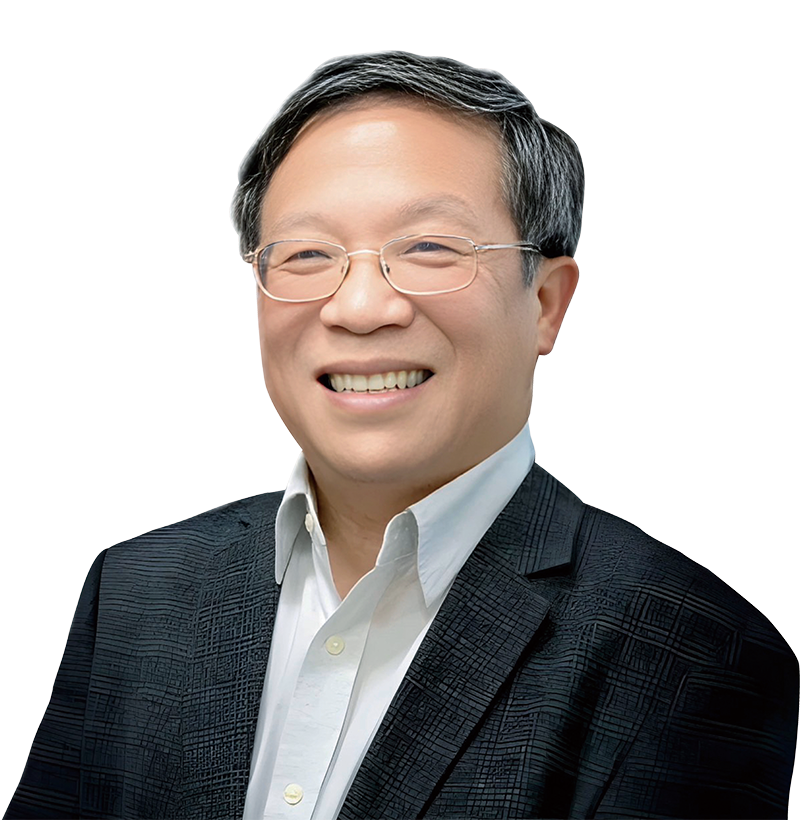 Distinguished Professor, NTU Department of Physics Ching-Ray Chang
Distinguished Professor, NTU Department of Physics Ching-Ray ChangFusion of Quantum and Supercomputing: The Future of Computing
Quantum and classical computing each offer distinct advantages. Looking ahead, the fusion of quantum computing and supercomputing promises complementary computational power that can significantly enhance the efficiency of solving complex problems. This is a trend worth watching closely. -
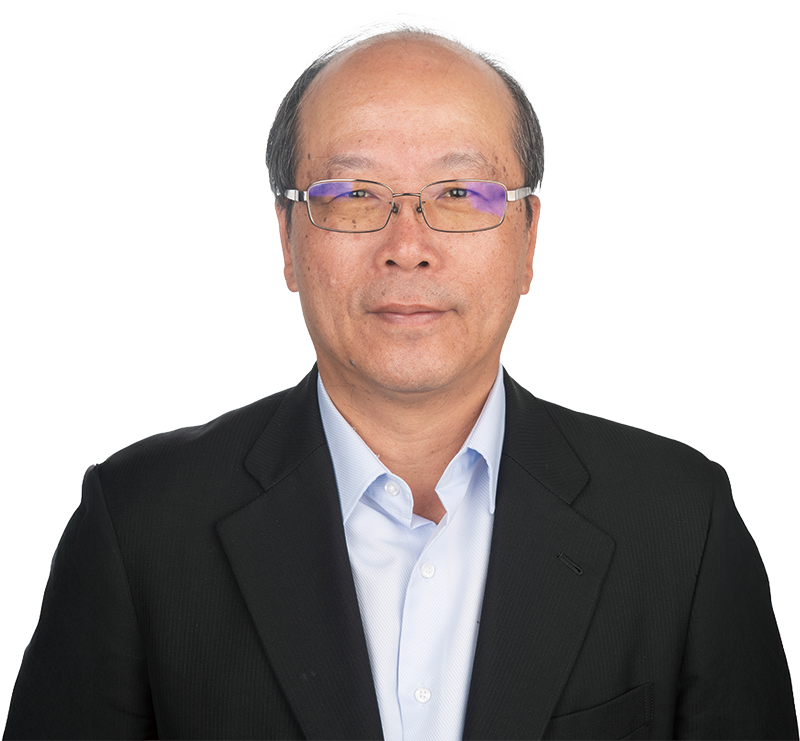 Distinguished Professor, Department of Information Management, National Taiwan University of Science and Technology Tsung-Cheng Wu
Distinguished Professor, Department of Information Management, National Taiwan University of Science and Technology Tsung-Cheng WuHarnessing Collective Intelligence to Advance the Value of AI Cybersecurity
As artificial intelligence (AI), cloud computing, and the Internet of Things (IoT) continue to advance and become mainstream, cybersecurity risks in enterprise operations and cross-domain applications are also on the rise. In this context, safeguarding trade secrets and sensitive data has become an even more pressing concern. -
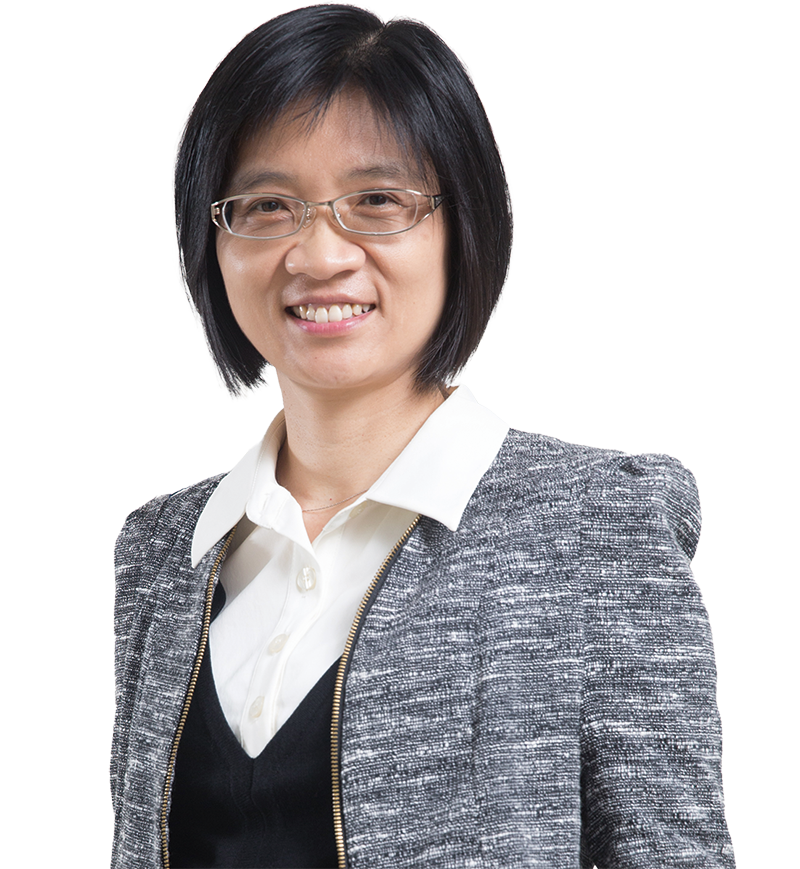 Executive Vice President, National Taiwan University Wanjiun Liao
Executive Vice President, National Taiwan University Wanjiun LiaoKickstarting the 6G Revolution with AI-RAN Integration
Traditional mobile networks are divided into two main components: the Radio Access Network (RAN) and the Core Network. The RAN manages direct connections between devices and base stations, allocating resources to optimize network utilization. The Core Network, by contrast, handles functions less directly tied to connectivity, such as identity authentication, billing, and value-added services.